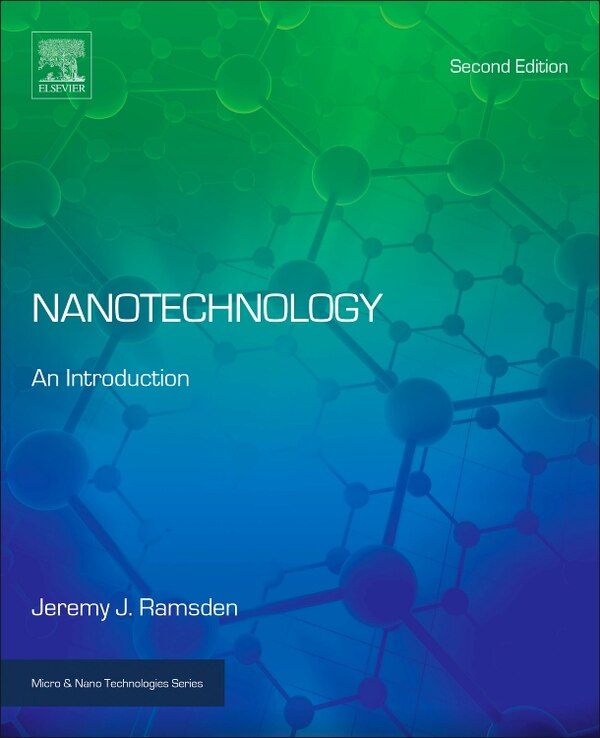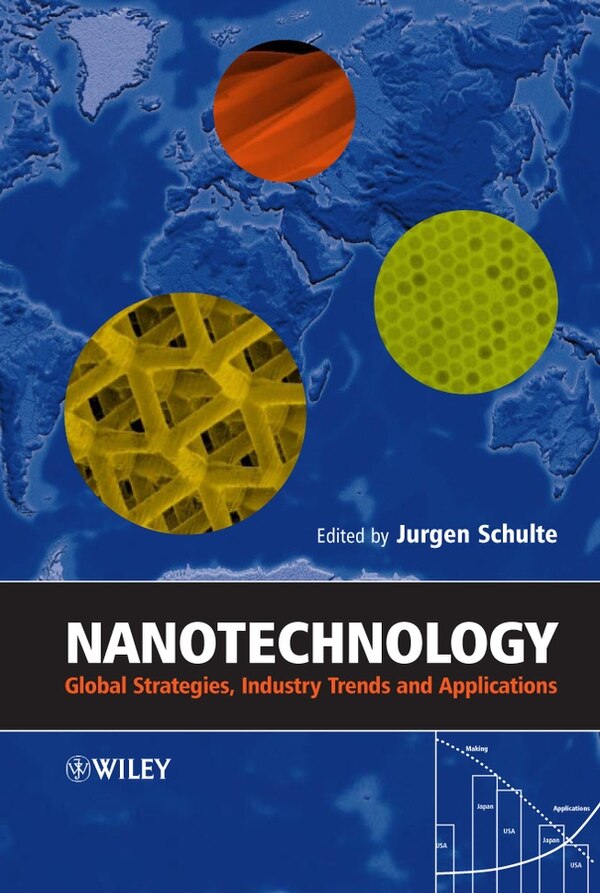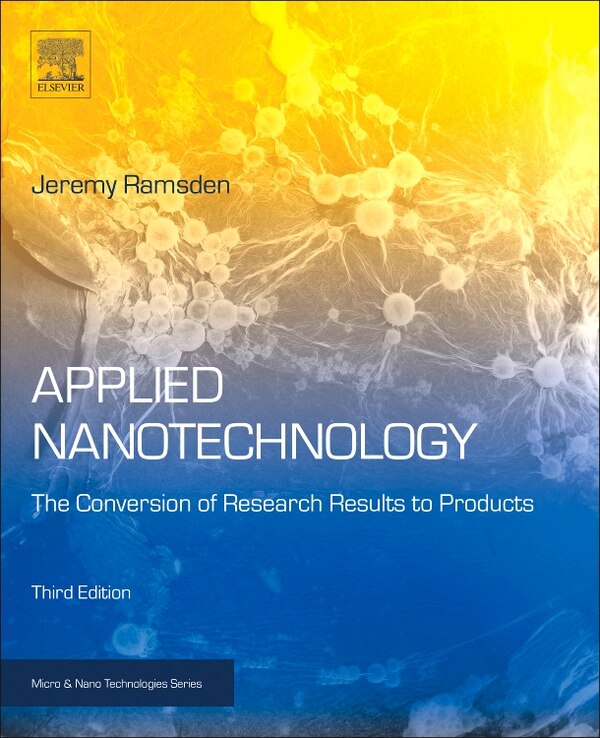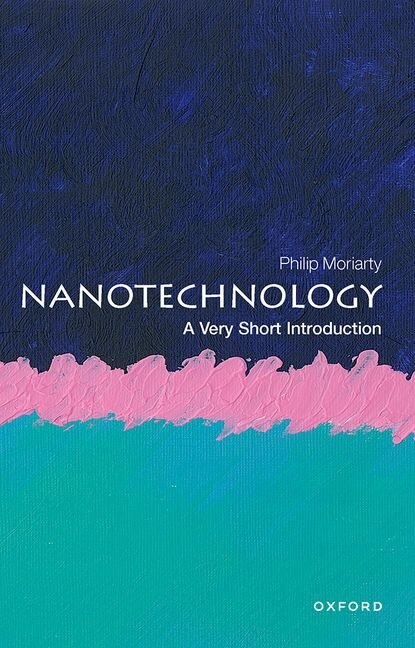Home
Nanotechnology by Eva S Jenkins, Paperback | Indigo Chapters
Loading Inventory...
Coles
Nanotechnology by Eva S Jenkins, Paperback | Indigo Chapters
From Eva S Jenkins
Current price: $60.51


Coles
Nanotechnology by Eva S Jenkins, Paperback | Indigo Chapters
From Eva S Jenkins
Current price: $60.51
Loading Inventory...
Size: 0.12 x 9.69 x 0.28
*Product information may vary - to confirm product availability, pricing, shipping and return information please contact Coles
The U. S. is at a critical juncture in space and national security leaders should take heed. Global competitors have begun to rapidly erode the U. S.' lead in space supremacy. The employment of U. S. land, sea, air, and cyber warfighting capabilities in the nation's defense are critically dependent today on the availability, reliability, and viability of U. S. space assets and always will be. Henceforth, space is vital to the nation's security now and in the future. The biggest challenges the U. S. faces in the acquisition and launch of additional secure, advanced, and hardened space assets are their massive cost coupled with their enormous weight, the ability to provide lift, to supply extended power, and to manage heat. This crossroad requires innovation, thinking out-of-the-box, and a focus on exponential technological possibilities. Nanotechnology, a disruptive technology ripe for exploitation, is an underlying technology that makes other things possible. It is the likely driving force of the next industrial revolution. The properties of nanotechnology-enabled systems and materials are ideal for space. In the near term, these space systems will have significantly enhanced flexibility, robustness, and performance capabilities with reduced costs. The high payoffs include ultra small sensors, communication and navigation, power sources, and propulsion; dramatically reduced emission, mass, volume, heat, and power and fuel consumption; easily reconfigurable, autonomous systems; and multifunctioning single chip satellites. In the longer-term, they may include systems with 1, 000 times the performance and weapon systems enabled by nanotechnology. This paper contends that aggressive development of nanotechnology-enabled space systems by the U. S. today has the potential to facilitate the nation's future space viability and dominance in 2035 and beyond. | Nanotechnology by Eva S Jenkins, Paperback | Indigo Chapters



















